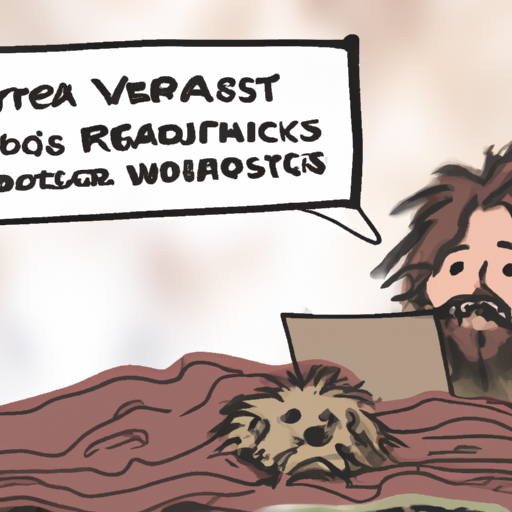Understanding Parvo in Dogs
Firstly, it’s crucial to understand what Parvovirus is. Parvovirus, often referred to as “parvo,” is a highly contagious virus that primarily affects unvaccinated dogs and puppies less than four months old. The virus manifests in two different forms:
- Intestinal form, which is characterized by vomiting, diarrhea, weight loss, and loss of appetite.
- Cardiac form, which attacks the heart muscles of very young puppies, often leading to death.
The key to preventing this devastating virus lies in understanding how dogs contract it.
How Dogs Contract Parvo
Parvo is spread by direct dog-to-dog contact and contact with contaminated feces, environments, or people. The virus can survive in the environment for months, and may survive on inanimate objects such as food bowls, shoes, clothes, carpet, and floors. It’s resistant to heat, cold, humidity, and drought.
Consider this simple table to understand the common sources of infection:
| Source of Infection | Description |
|---|---|
| Contaminated feces | The virus is shed in the feces of infected dogs, making areas where dogs gather (like parks and kennels) a high-risk factor. |
| Contaminated environments | The virus can survive on various surfaces – from the soil in the park to the carpet in your home. |
| Contaminated objects | From your dog’s toys to your own clothing, anything that comes into contact with the virus can serve as a transmission vector. |
Signs and Symptoms of Parvo
You may be wondering, “What signs should I look out for?” Well, Parvovirus causes severe gastrointestinal distress, and symptoms can become apparent within 3-10 days of exposure. These symptoms include:
- Severe, bloody diarrhea
- Lethargy
- Anorexia
- Fever
- Vomiting
If your dog shows any of these signs, it’s imperative to seek veterinary care immediately.
Treatment and Prevention of Parvo
Unfortunately, there is no cure for Parvo. Treatment typically focuses on curbing the symptoms and preventing secondary infections. This often includes:
- Intravenous fluid therapy
- Anti-nausea medications
- Antibiotics
Prevention, however, is far more effective. Vaccination plays a crucial role in preventing this deadly disease. Puppies should be vaccinated starting at 6-8 weeks of age, with boosters given every three weeks until they’re 16 weeks old. Regular boosters should also be administered throughout adulthood.
Your Role as a Caregiver
As a caregiver, you play a pivotal role in your dog’s health. Regular vaccinations, maintaining a clean environment, and avoiding high-risk areas can go a long way in keeping your furry friend safe from Parvo. Remember, it’s not just about treating Parvo – it’s about preventing it.
Frequently Asked Questions
Q: Can my vaccinated dog get Parvo?
A: While rare, it’s possible. No vaccine is 100% effective. Regular boosters are crucial.
Q: Can humans catch Parvo from dogs?
A: No, canine Parvovirus cannot infect humans.
Q: Is there a specific season when Parvo is more common?
A: Parvo can occur at any time, but it’s more common in spring and summer.
Q: How long does Parvo last in the environment?
A: The virus can survive in the environment for up to a year.
Q: Can my dog get Parvo from the grass at the park?
A: Yes, if the grass has been contaminated with the feces of an infected dog.



